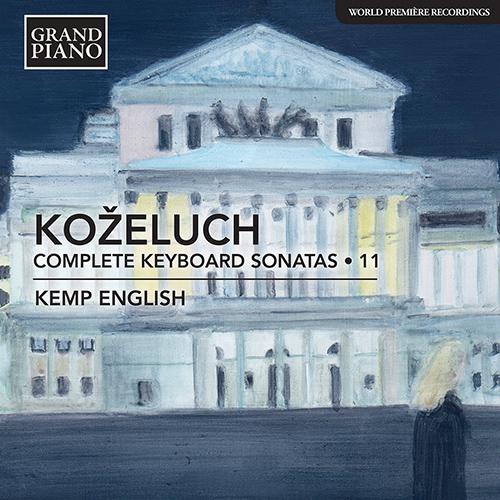
About this Release
KOŽELUCH, LEOPOLD (1747–1818)
Complete Keyboard Sonatas • 11
Nos. 42–46
- Kemp English, harpsichord
Juxtaposing early and late sonatas reveals just how much Leopold Koželuch’s style changed over a thirty-year period. The three early sonatas from the 1770s, though harmonically modest, fizz with Rococo charm and elegance. The late sonatas meanwhile were intended for a fortepiano, which had eclipsed the harpsichord, and are two-movement works. They feature bustling rondos and deft janissary devices, one of which is the buzzing effect generated by a knee lever on the original 1815 Johann Fritz instrument used in this recording.
This recording was made on period instruments:
Original grand fortepiano by Johann Fritz, c. 1815 (Tracks 1–4);
Original harpsichord by Longman and Broderip (built by Thomas Culliford), 1785 (Tracks 5–12)
Tracklist
|
Piano Sonata in F Major, Op. 53, No. 2, P. XII:47 (1806) (00:10:50 )
|
|
1
I. Poco adagio - Allegro molto (00:06:26)
|
|
2
II. Rondo: Allegretto (00:04:13)
|
|
Piano Sonata in E-Flat Major, Op. 53, No. 3, P. XII:48 (1806) (00:09:05 )
|
|
3
I. Allegro (00:05:20)
|
|
4
II. Rondo: Allegretto (00:03:33)
|
|
Piano Sonata in F Major, P. XII:1 (1773) (00:06:47 )
|
|
5
I. Allegro (00:06:46)
|
|
6
II. Andante molto con espressione (00:03:59)
|
|
7
III. Finale: Presto (00:03:40)
|
|
Piano Sonata in A Major, P. XII:2 (1776) (00:18:32 )
|
|
8
I. Arietta con Variazioni: Andante (00:07:24)
|
|
9
II. Menuetto: Vivace - Trio (00:05:44)
|
|
10
III. Rondeau: Allegretto (00:05:09)
|
|
Piano Sonata in C Major, P. XII:41 () (00:10:06 )
|
|
11
I. Arietta con Variazioni: Andantino (00:06:34)
|
|
12
II. Allegro ma non tanto (00:03:34)
|
The Artist(s)
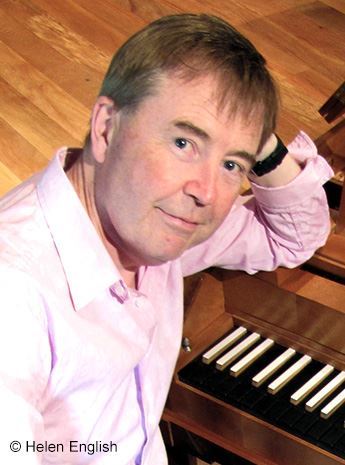 Kemp English is one of New Zealand’s leading concert performers. Much in demand as a solo organist, collaborative pianist, and specialist fortepiano exponent, he relishes the opportunity to work in a diverse array of styles and periods. He enjoyed a distinguished studentship at the Royal Academy of Music in London and later completed a Master of Arts degree in Music Performance at the University of York. In 2001 he was elected an Associate of the Royal Academy of Music—an honour recognising former students of the Academy who have achieved distinction in the profession.
Kemp English is one of New Zealand’s leading concert performers. Much in demand as a solo organist, collaborative pianist, and specialist fortepiano exponent, he relishes the opportunity to work in a diverse array of styles and periods. He enjoyed a distinguished studentship at the Royal Academy of Music in London and later completed a Master of Arts degree in Music Performance at the University of York. In 2001 he was elected an Associate of the Royal Academy of Music—an honour recognising former students of the Academy who have achieved distinction in the profession. The Composer(s)
 Leopold Koželuch was an esteemed contemporary of Mozart, and in many circles considered the finer composer. He was an early champion of the fortepiano and his Keyboard Sonatas are a treasure trove of late eighteenth-century Viennese keyboard style, including perfect examples of the form and foreshadowing Beethoven and Schubert.
Leopold Koželuch was an esteemed contemporary of Mozart, and in many circles considered the finer composer. He was an early champion of the fortepiano and his Keyboard Sonatas are a treasure trove of late eighteenth-century Viennese keyboard style, including perfect examples of the form and foreshadowing Beethoven and Schubert. Reviews
“From the instruments, English evokes nuances of colour: atmospherically dense.” – Piano News
“In playing that is vivid, articulate in detail, sincere and tastefully ornamented, English takes his inspiration from the texts themselves and from the possibilities offered by the splendid, vigorous timbres of the instrument for which they were written.” – Pamela Hickman’s Concert Critique Blog

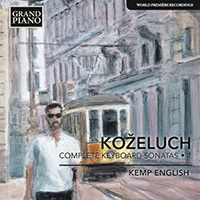
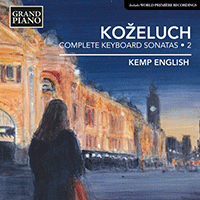
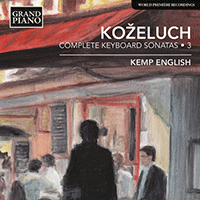
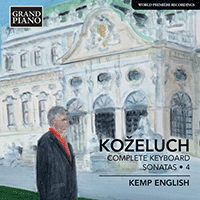
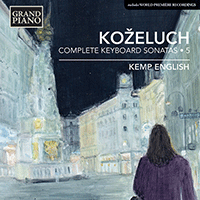
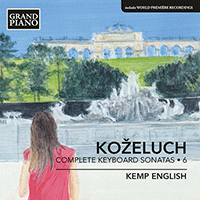
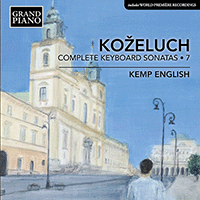
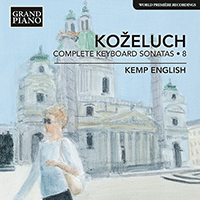
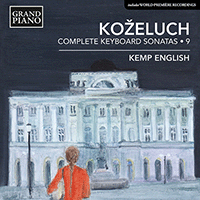
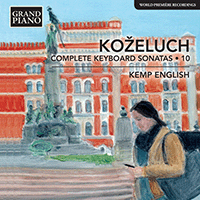

 Grand Piano has gained a reputation for producing high quality recordings of rare keyboard gems. Dedicated to the exploration of undiscovered piano repertoire, the label specialises in complete cycles of piano works by many lesser-known composers, whose output might otherwise have remained unknown and unrecorded.
Grand Piano has gained a reputation for producing high quality recordings of rare keyboard gems. Dedicated to the exploration of undiscovered piano repertoire, the label specialises in complete cycles of piano works by many lesser-known composers, whose output might otherwise have remained unknown and unrecorded.






